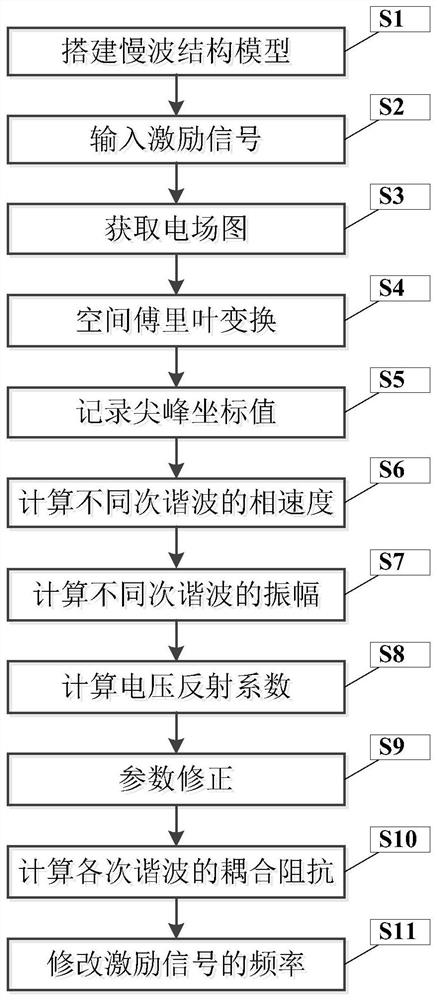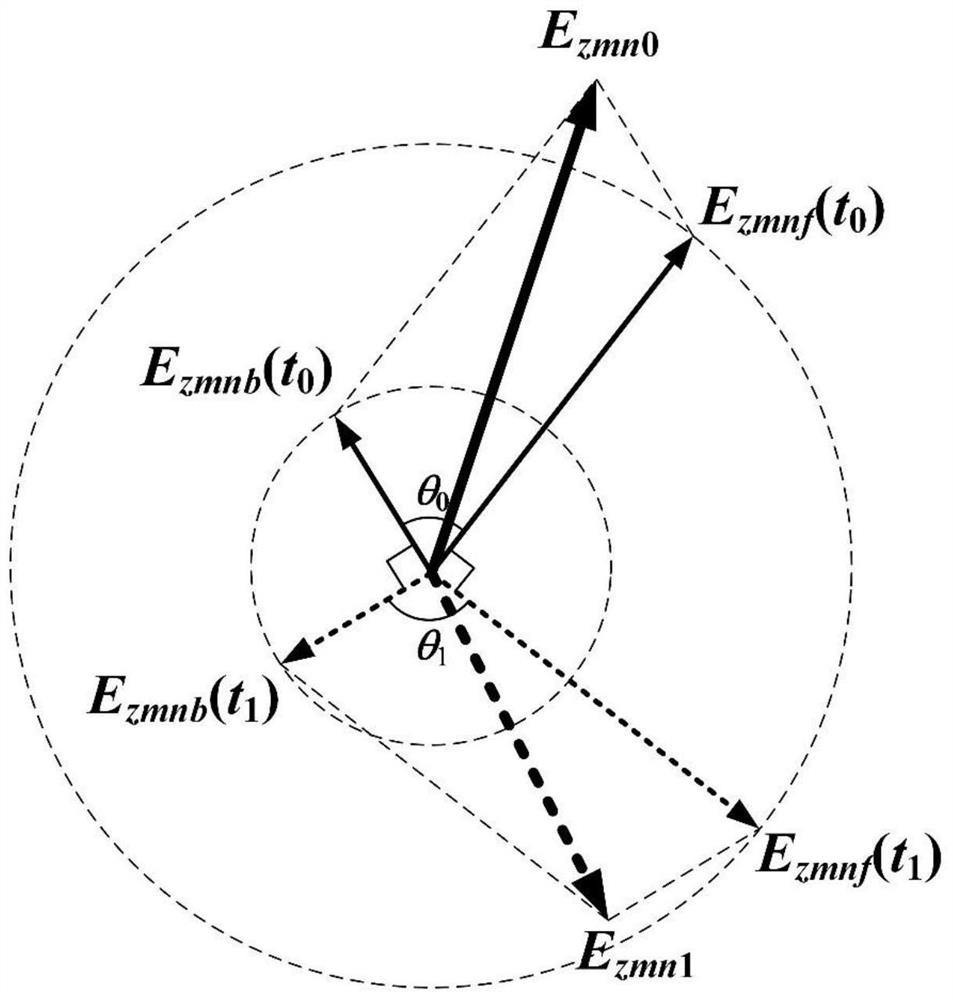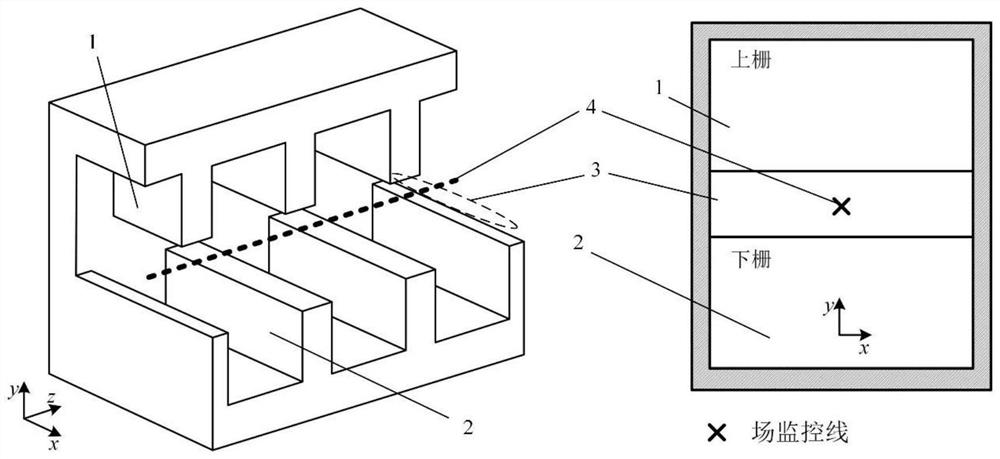A Method for Obtaining Dispersion Characteristics and Coupling Impedance of Slow-wave Structure
A technology of slow-wave structure and coupling impedance, which is applied in the field of linear beam microwave electric vacuum devices, can solve the problems that the dispersion characteristics of slow-wave structure and coupling impedance, errors, and inability to effectively explain the characteristics can not be solved.
- Summary
- Abstract
- Description
- Claims
- Application Information
AI Technical Summary
Problems solved by technology
Method used
Image
Examples
Embodiment
[0050] figure 1 It is a flowchart of a method for obtaining the dispersion characteristics and coupling impedance of slow wave structures in the present invention.
[0051] In this example, if figure 1 Shown, the present invention a kind of method that obtains slow-wave structure dispersion characteristics and coupling impedance, comprises the following steps:
[0052] S1. Building a slow wave structure model
[0053] S1.1. Establish a lossless slow wave structure model to be processed in the time domain solver of the electromagnetic simulation software;
[0054] In this embodiment, the electromagnetic simulation software can use CST-Microwave Studio; the slow wave structure model must be a periodic structure or a quasi-periodic structure, for example, an angle logarithmic microstrip meander slow wave structure;
[0055] S1.2. Establish a field monitoring line in the slow wave structure model, the direction of the field monitoring line is parallel to the longitudinal directio...
example
[0108] image 3 It is a schematic diagram of a common staggered double grid slow wave structure, wherein 1 is the upper grid in the staggered double grid, 2 is the lower grid, 3 is the electron injection channel, and 4 is the field monitoring line. In this embodiment, the field monitoring line It is set at the very center of the electron injection channel; the working frequency of the slow wave structure is designed to be 340GHz. First, we use the traditional quasi-periodic boundary method in HFSS to calculate the dispersion characteristics and coupling impedance of slow-wave structures. The simulation results are as follows Figure 4 shown.
[0109] Set the input signal frequency to 340GHz, simulate the interleaved double-grid slow-wave structure according to the method of the present invention, and obtain Figure 5 The longitudinal electric field distribution shown, and Figure 6 The A-k diagram, wherein the left Y-axis is frequency, the right Y-axis is A (magnitude after...
PUM
 Login to View More
Login to View More Abstract
Description
Claims
Application Information
 Login to View More
Login to View More - R&D
- Intellectual Property
- Life Sciences
- Materials
- Tech Scout
- Unparalleled Data Quality
- Higher Quality Content
- 60% Fewer Hallucinations
Browse by: Latest US Patents, China's latest patents, Technical Efficacy Thesaurus, Application Domain, Technology Topic, Popular Technical Reports.
© 2025 PatSnap. All rights reserved.Legal|Privacy policy|Modern Slavery Act Transparency Statement|Sitemap|About US| Contact US: help@patsnap.com



